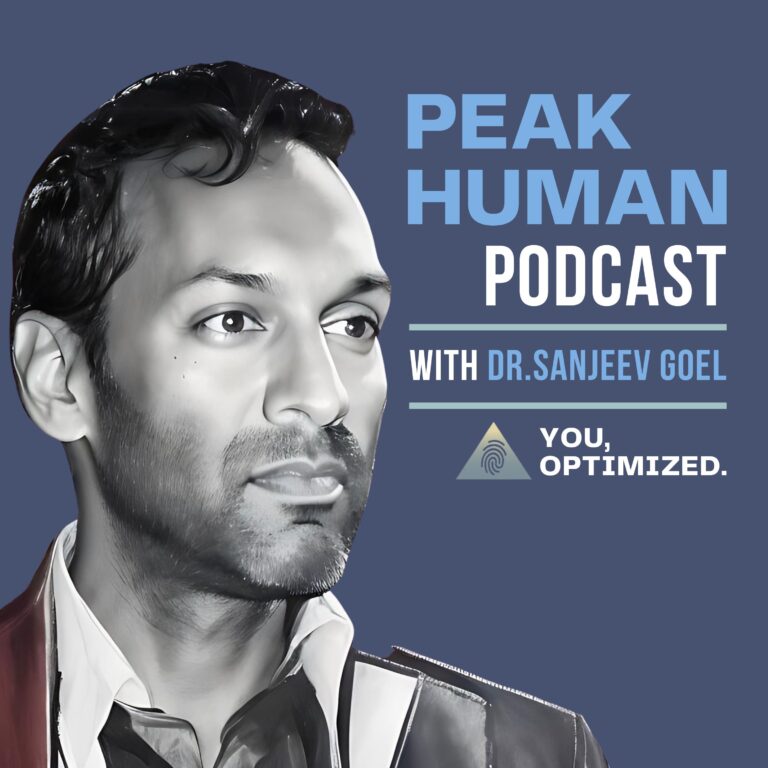There is a common belief among people passionate about fitness that sustained exercise at an adequate level is the best type of physical activity. However, research has shown that exercising at high intensity over a short time offers several health benefits that may even make it superior to the traditional methods. Read on to learn more about the benefits of high-intensity interval training, or HIIT.
RELATED: 8 Muscle Recovery Supplements You Should Take After Working Out
Burn More Calories in Shorter Time – Learn 5 Excellent Science-based HIIT Benefits
HIIT is a workout method that involves alternating quick bursts of intense exercise (over 80 percent of a person’s maximum heart rate) and recovery periods (around 50 percent of maximum heart rate). Typically, a HIIT workout lasts under 30 minutes with a 2:1 ratio of recovery to work. The objective of HIIT is to gain maximal health benefits in minimal time, hence considered the most time-efficient method.
The activities in HIIT include sprinting, swimming, biking, and stair climbing. For example, a HIIT workout focusing on sprinting may consist of 10 seconds of running in maximum effort and 20 seconds of slow-paced jogging for recovery. This can count as one round of HIIT. A person can typically do 8 to 12 reps in one exercise for 8 to 10 different exercises that target the major muscle groups.
HIIT Can Burn More Calories in Shorter Time

Due to the high intensity over a short time, HIIT can burn more calories within the same amount of time compared to the traditional methods. According to research, HIIT workouts provide similar fitness benefits as continuous workouts with lower intensity. HIIT workouts can burn a significant amount of calories, especially during the resting period after the training, known as the post-exercise period.
The post-exercise period is characterized by increased “EPOC,” or excess post-exercise oxygen consumption. This refers to the 2 hours after an exercise session where the body rehabilitates to return to its pre-exercise levels. Due to the high intensity that requires repeated quick movement, the EPOC after HIIT workouts tends to be greater, burning up to 15 percent more calories to add to the overall energy expenditure.
HIIT Can Reduce Abdominal Fat and Body Weight
Another benefit of high-intensity interval training is that it can trigger fat loss at the same efficiency as traditional longer-duration exercise, even in a shorter time frame. According to a 12-week study, HIIT can reduce the same amount of abdominal visceral and subcutaneous fat compared to training with less intensity. At the end of the study, participants in both exercise regimes reduced 10 percent of fat mass across all body compositions.
However, the study suggests that the mechanisms by which each regime reduces fat are different; HIIT may not primarily burn fat during the workout session but rather during post-exercise periods. This is consistent with the increase in energy expenditure due to greater EPOC, as mentioned above, as the body uses more energy while restoring itself. In addition, the reduction in whole-body fat mass can be translated to a decrease in body weight and waist circumference.
HIIT Can Support Muscle Growth
In addition to reducing fat, HIIT can help with muscle growth. According to a 4-week study on 24 professional hockey players, muscle thickness was significantly greater in the participants following a HIIT program than other participants who followed a different program. The findings indicate that hockey players may benefit from the positive effects in muscle thickness, power, and performance through HIIT.
Furthermore, many fitness enthusiasts may be excited to learn that HIIT is beneficial in supporting muscle growth even among non-professionals. Specifically, a 3-week study on muscle size and quality in people with weight-related problems showed that HIIT could effectively increase muscle size in overweight and obese individuals. Interestingly, increases in muscle size are more likely to occur in people with a sedentary lifestyle.
RELATED: What Is Mitochondrial Dysfunction? Everything You Need to Know
HIIT Can Enhance Cardiovascular Health
One more important benefit of high-intensity interval training is that this method can improve cardiovascular health. It is widely known that the cardiovascular system is crucial to the body’s overall health, and one efficient approach to enhancing it is to engage in long-term exercise. But, can HIIT offer equally beneficial effects on cardiovascular health compared to other methods, and are the heart, veins, and arteries able to grow stronger in a shorter time?
According to a review, HIIT is more effective at enhancing artery vascular function than training with less intensity. The review suggests that implementing HIIT three times per week for at least 12 weeks is optimal for improving vascular function. Another 12-week study has found that HIIT is more efficient at enhancing flow-mediated dilation and decreasing aortic pulse wave velocity, leading to improved cardiovascular health in physically inactive adults.
HIIT Can Improve Blood Sugar and Insulin Sensitivity
HIIT can not only provide the benefits seen in longer-duration exercise in a much shorter time but can also provide some unique health benefits. Research has shown that HIIT can reduce insulin resistance, leading to improved insulin sensitivity. Insulin sensitivity refers to how sensitive the body is to insulin activity. High insulin sensitivity allows more effective use of blood glucose, preventing diabetes. Individuals susceptible to or already have type 2 diabetes may also reduce fasting glucose through HIIT.
Nevertheless, since HIIT requires high-intensity exercise that may cause injury, cautions need to be taken before starting this method. Since not all workout programs are suitable for everyone, the key to implementing HIIT safely is to adjust the intensity of the workout to an individualized level. People who are physically inactive or lead a sedentary lifestyle may have an increased chance of injury due to the high intensity. For that reason, following medical guidance from a physician may be necessary for anyone before starting HIIT.
High-intensity interval training is becoming more popular since various sports, and recreational activities require quick bursts of high-intensity movement. People who wish to get the benefits of exercise but are short on time may particularly benefit from HIIT.
If you have questions about the benefits of high-intensity interval training or any health problems discussed here, connect with us and learn more.
At Peak Human, our team of healthcare professionals is dedicated to helping you reach your ‘peak’ health with a custom whole-person approach. Using the most cutting-edge, science-backed biohacking and aesthetic tools, technologies, and treatments available today, we help you achieve the highest physical/cognitive performance state, leading to an improved overall quality of life.
For questions or to book an appointment, don’t hesitate to contact us. Get personalized support and insight from expert physicians.
UP NEXT:
- Does Diabetes Cause Hair Loss?
- What Is Cellular Senescence & Its Role in Aging
- What Are the 7 Stages of Dementia





